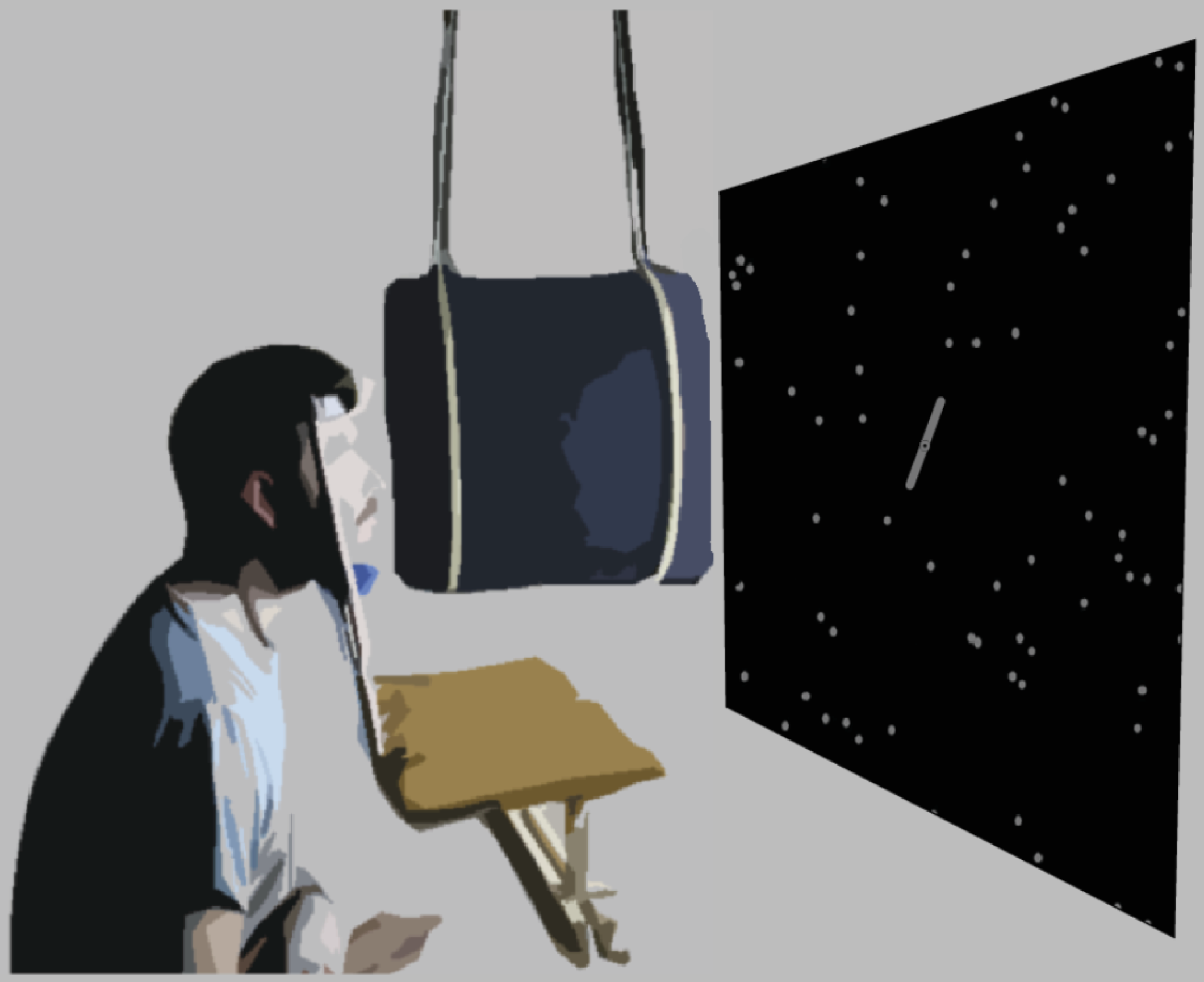Abstract
Purpose: To examine whether the age-related increase in visual field dependence persists in older adults with central field loss (CFL).
Methods: Twenty individuals with CFL were grouped into participants with age-related binocular CFL (CFL, n = 9), age-related monocular CFL/relative scotomata (mCFL, n = 8), and CFL occurring at a young age (yCFL, n = 3). Seventeen controls were age-matched to the older CFL groups (OA) and three to the yCFL group (yOA). Participants judged the tilt direction of a rod presented at various orientations under conditions with and without a visual reference. Visual field dependence was determined as the difference in judgment bias between trials with and without the visual reference. Visual field dependence was examined between groups and relative to visual acuity and contrast sensitivity.
Results: All older groups performed similarly without the visual reference. The CFL group showed greater visual field dependence than the OA group (Mann–Whitney U test; U = 39, P = 0.045). However, there was no group difference when considering all three older groups (Kruskal–Wallis ANOVA; H(2, N = 34) = 4.31, P = 0.116). Poorer contrast sensitivity correlated with greater visual field dependence (P = 0.017; ρ = −0.43).
Conclusions: Visual field dependence persists in older adults with CFL and seems exacerbated in those with dense binocular scotomata. This could be attributed to the sensitivity of the spared peripheral retina to orientation and motion cues. The relationship with contrast sensitivity further suggests that a decline in visual function is associated with an increase in visual field dependence beyond the effects of normal aging. These observations can guide tailored care and rehabilitation in older adults with CFL.

